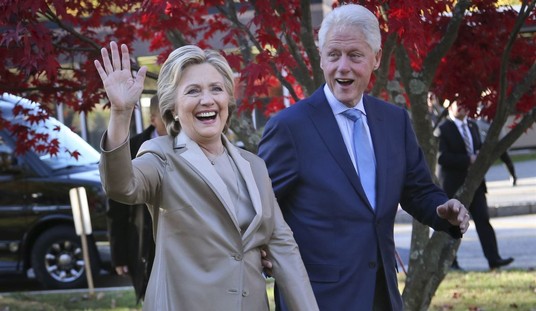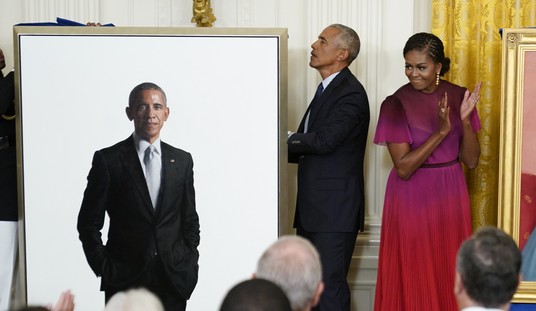 If you’re thinking, “Master of what?” the answer is “Master of filmed images,” and that virtuoso is Paul Thomas Anderson, the writer and director of Boogie Nights, There Will Be Blood, Magnolia and Punch-Drunk Love who is justly acclaimed as one of the most singular and fascinating talents of his generation. Only moments into The Master, Anderson is already spellbinding as he presents strange moments from the life of Freddie Quell (a first-rate Joaquin Phoenix), a mentally disturbed sailor who is goofing around on an unidentified Pacific island in World War II when the war ends. Quell has a strange sexual obsession he shows when he, bizarrely, cuddles up next to a sand sculpture of a nude woman, and throughout this long, engrossing but at times repetitive, static, and frustrating film Anderson will refer back to this odd episode without ever furnishing much of a clue as to what it means.
If you’re thinking, “Master of what?” the answer is “Master of filmed images,” and that virtuoso is Paul Thomas Anderson, the writer and director of Boogie Nights, There Will Be Blood, Magnolia and Punch-Drunk Love who is justly acclaimed as one of the most singular and fascinating talents of his generation. Only moments into The Master, Anderson is already spellbinding as he presents strange moments from the life of Freddie Quell (a first-rate Joaquin Phoenix), a mentally disturbed sailor who is goofing around on an unidentified Pacific island in World War II when the war ends. Quell has a strange sexual obsession he shows when he, bizarrely, cuddles up next to a sand sculpture of a nude woman, and throughout this long, engrossing but at times repetitive, static, and frustrating film Anderson will refer back to this odd episode without ever furnishing much of a clue as to what it means.
Quell is a drunk and a n’er do well who has seen combat, though what horrors he experienced also remain a mystery to us. After the war, he gets a job as a photographer in a department store (in a scene Anderson, typically, turns into an amazing fantasy set piece scored to dreamy music of the period) but loses that gig in a moment of unexplained rage, then is forced to work as a farm hand until he is literally chased out of the fields when his secret moonshine (made with paint thinner) causes the death of a fellow worker.
Wandering by a docked boat where a group of swells are having a party, he climbs aboard and wakes up with a hangover, a new life, and a new guiding light: charismatic Lancaster Dodd (played brilliantly by Philip Seymour Hoffman), better known to his family and followers as the Master. The sci-fi-inflected self-help gospel he preaches is simply known as the Cause, and as Freddie is allowed to stay aboard for a voyage from San Francisco to New York, he is gradually attracted to and subsumed by this cult. In perhaps the most arresting scene of several intensely dramatic ones in the film, the Master interrogates Freddie about his past with a series of rapid personal questions until the younger man starts to break down and slip into a hypnotic state in which he confronts his crushing secret: He left a sweet girl named Doris back in Massachusetts and all he wants is to get back to her. If he can ever deserve her.
After Freddie becomes a fully paid-up member of the Scientology-like “Cause” and functions as virtually another son to the Master (who is obviously modeled on the sci-fi novelist and founder of Scientology L. Ron Hubbard), he takes to proselytizing on the streets and slugging anyone who dares question the faith. At a fancy party in New York, the Master’s hypnosis party trick and disquisition on the importance of recalling details from past lives earns derision, and the Cause packs up and moves to Philadelphia. It won’t be the movement’s final move.
As a study in what attracts losers and loners and lost boys to cults, The Master is exceptionally astute and convincing. However, once it gets going it is also in dramatic terms an endless series of fallings-out and reconciliations between the two principal characters, and even at the end of the movie it seems as if this cycle could simply continue indefinitely. We don’t really ever come to completely understand the two key characters, nor the ruthless wife (Amy Adams) of the Master, who at times seems to be the power behind the throne.
The fog-of-nostalgia style and mood of the department store scenes suggest Anderson is trying for a Mad Men feel, and the eerie calm of the war scenes recalls Terrence Malick films such as The Thin Red Line. Both Malick and Mad Men share a similar tendency to hover around the edges of the moment, to limit dialogue, to leave the most pivotal episodes undramatized for the viewer to imagine. Anderson’s film is close kin to these.
Anderson is a leader in this new film and television movement that evades any answers as too easy or pat or traditional, a tactic beloved by a buzzy artsy crowd eager to pick up on open-endedness as a stimulant to their own conversation. The two-way nature of, for instance, social media, in which audience participation and customization is everything, neatly dovetails with the aesthetic tendencies of a generation wary of being tied down to any idea. So for all its period splendor, The Master is a completely up-to-the-minute film. Due to Anderson’s exceptional gifts for visual storytelling, deploying soundtrack music, and guiding actors, it’s well worth seeing. But with its langorous disdain for getting to the point, it’s also destined to puzzle and annoy many viewers.
Updated: See Andrew Klavan’s take:
Why The Master Is No Master-Piece
****
Check out PJ Lifestyle’s coverage of cults from Jeanette Pryor who will be writing about The Master soon from the perspective of a former cult member:
Toxic Activism: Is Politics Your Drug of Choice?
Cults: The Mind Enslaved
Escaping Cults: The Mind Enslaved, Part II
More on movies from John Boot at PJ Lifestyle:









Join the conversation as a VIP Member